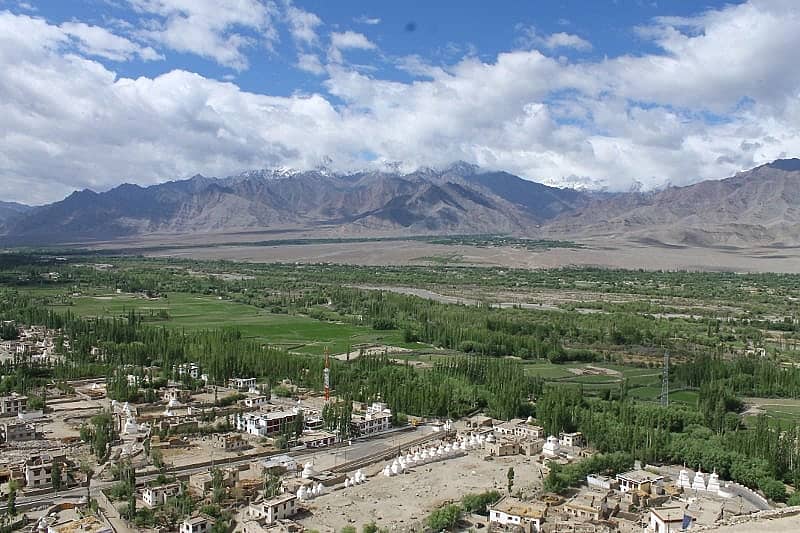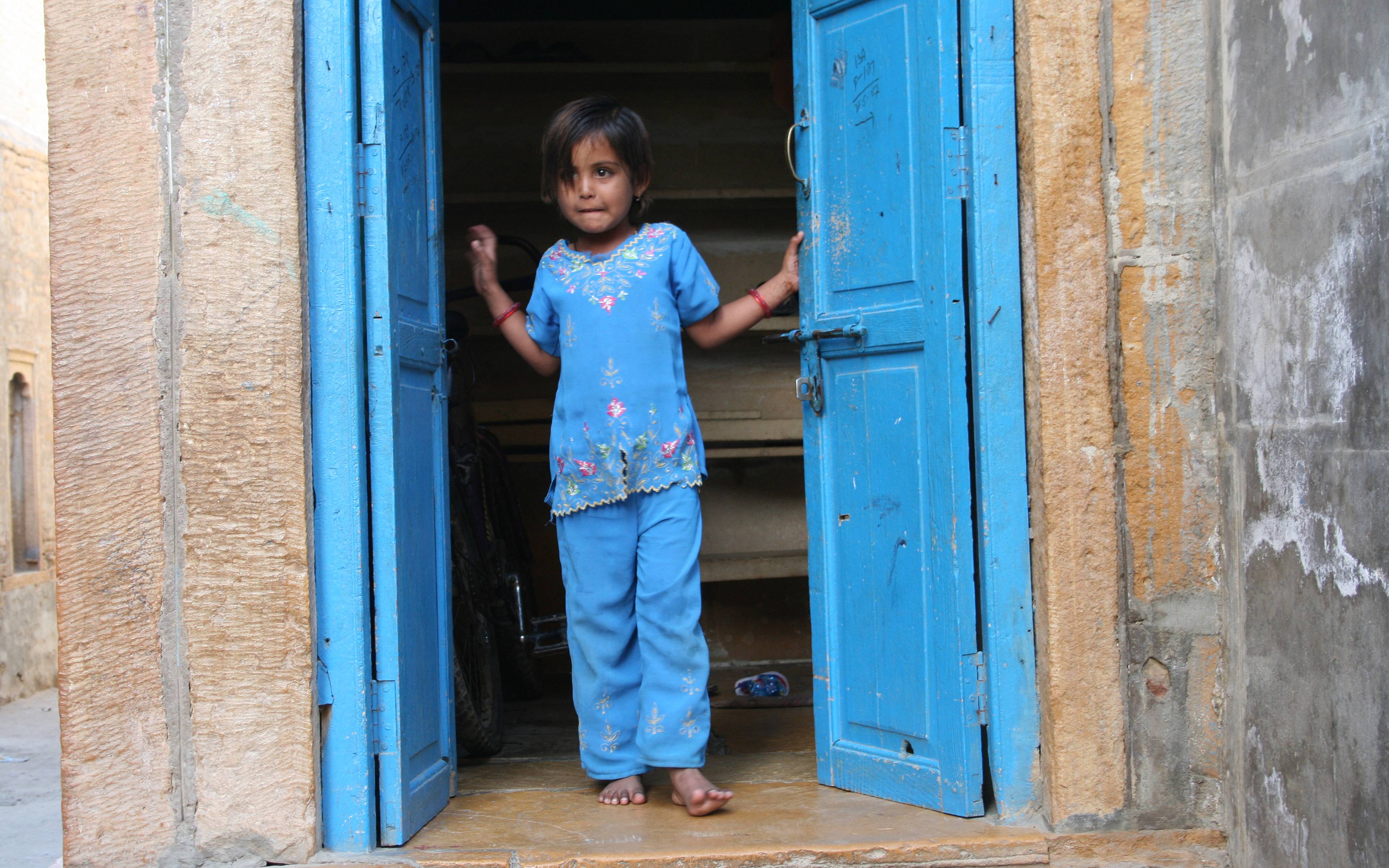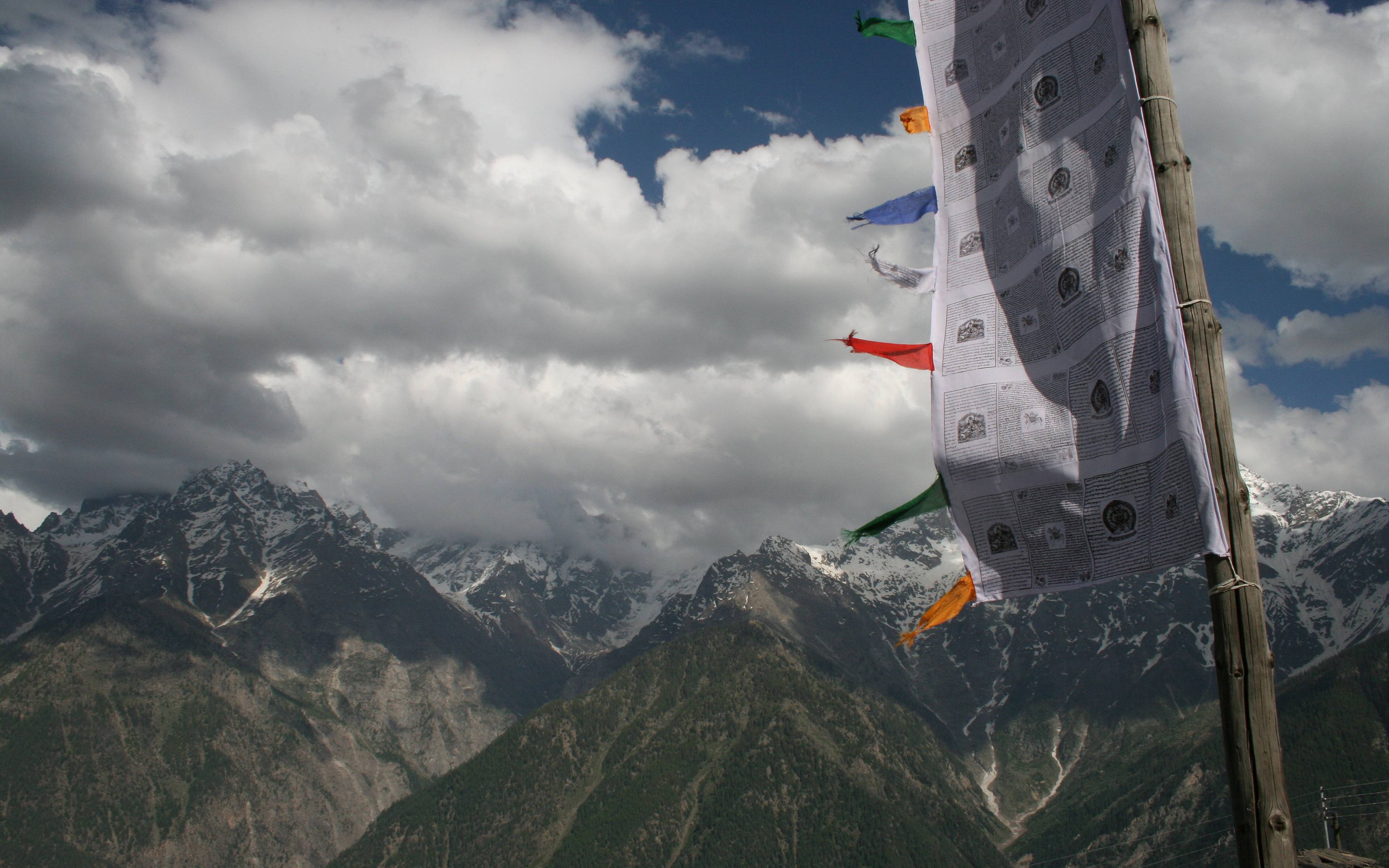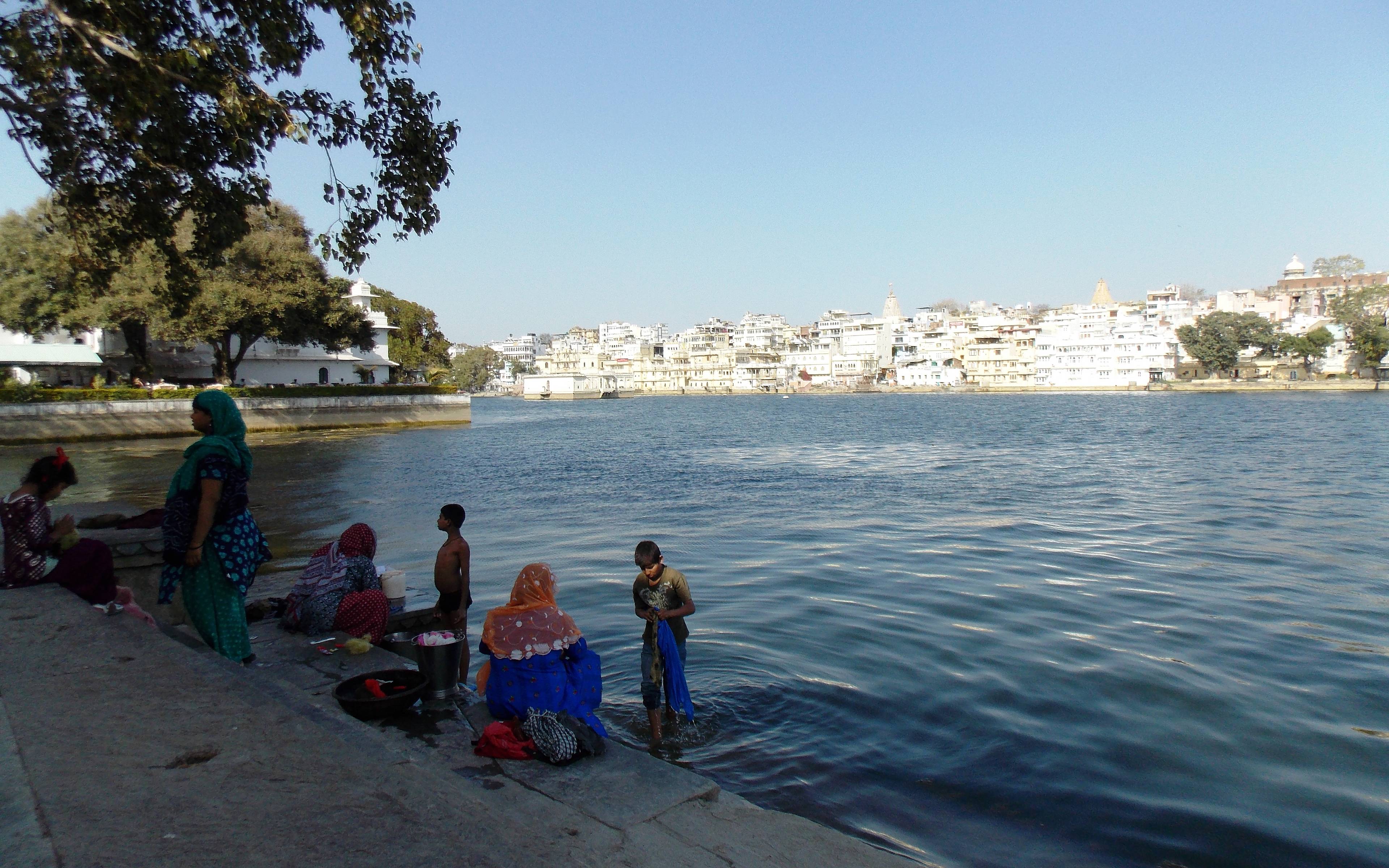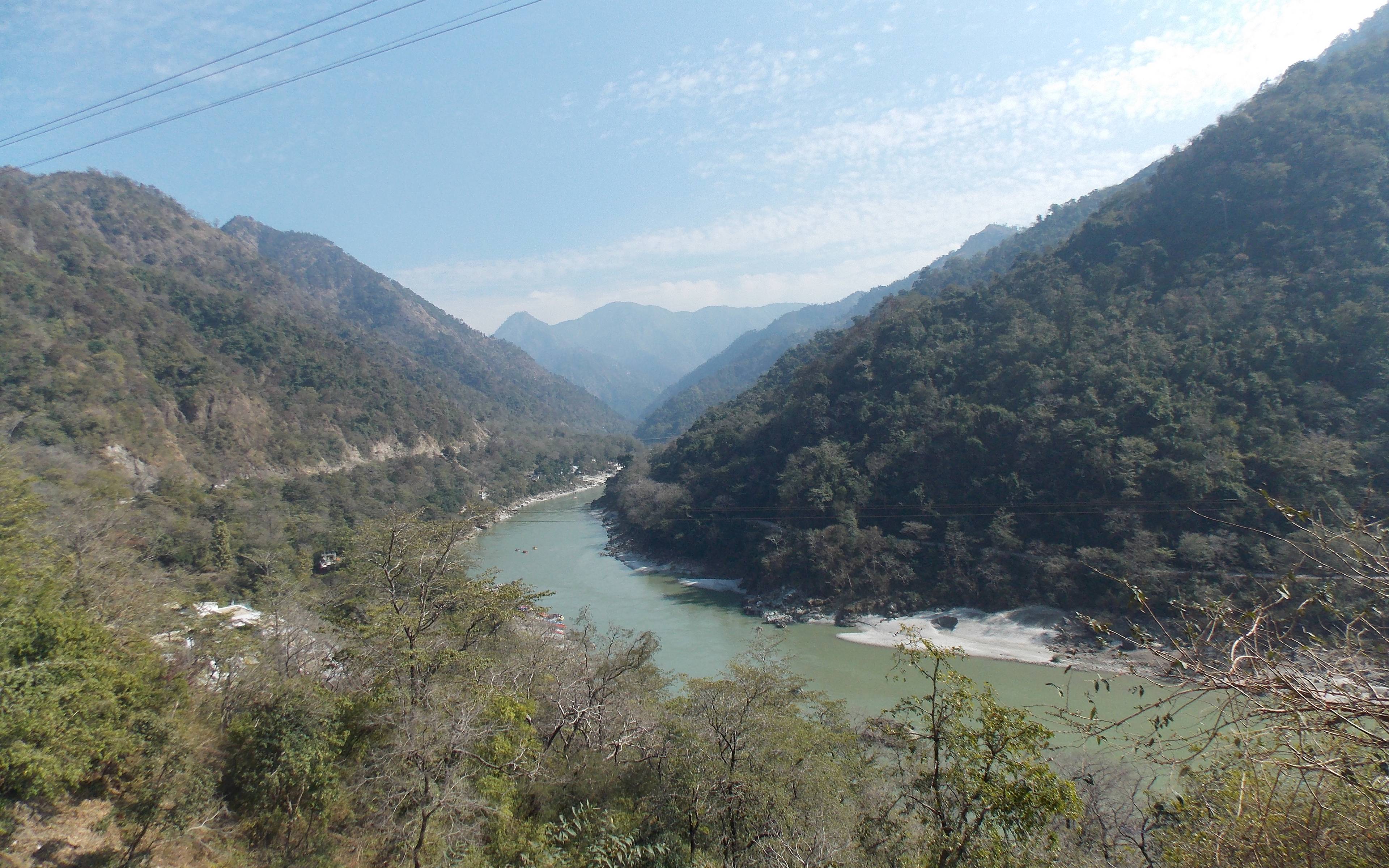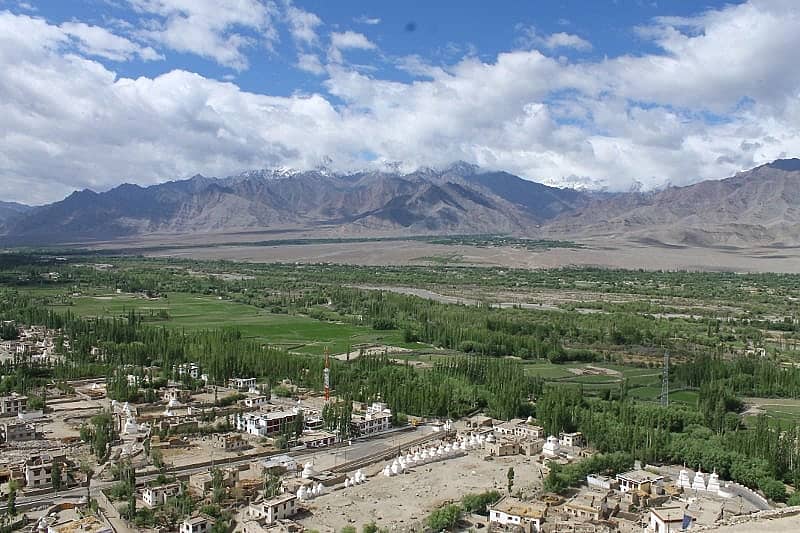Visit Indus
- Culture (paddy field, coffee, tea ...)
- Nature, Adventure & Sport
- Horse
Indus: How to get there?
The Indus flows towards LehIndus: When to go?
May through OctoberIndus: For how long?
2 to 3 daysLearn more about your destination
See travel guide